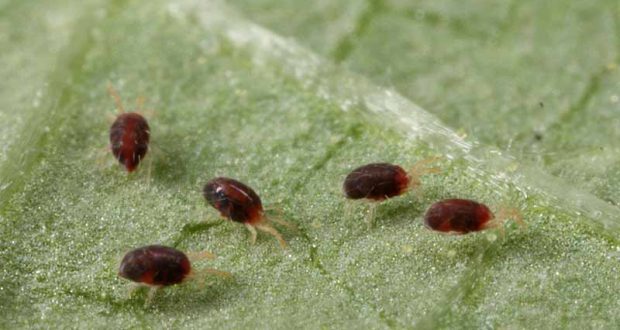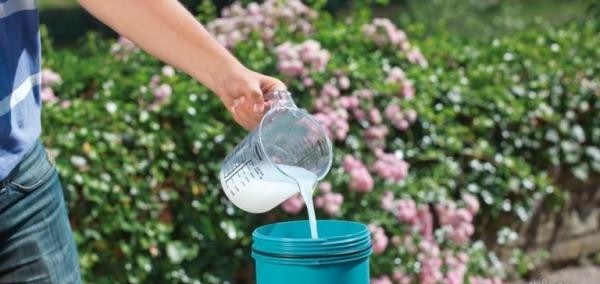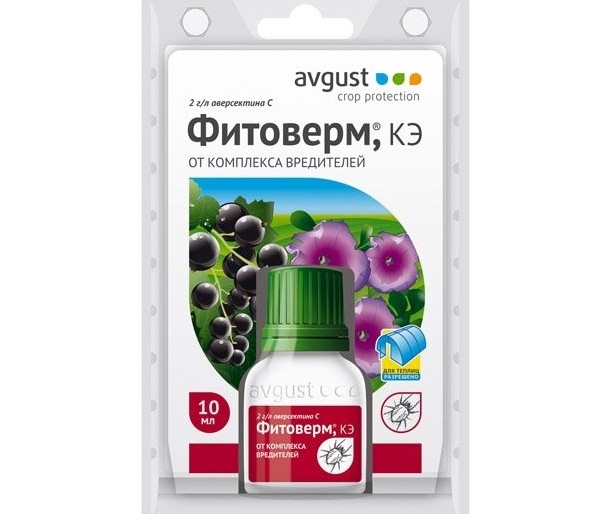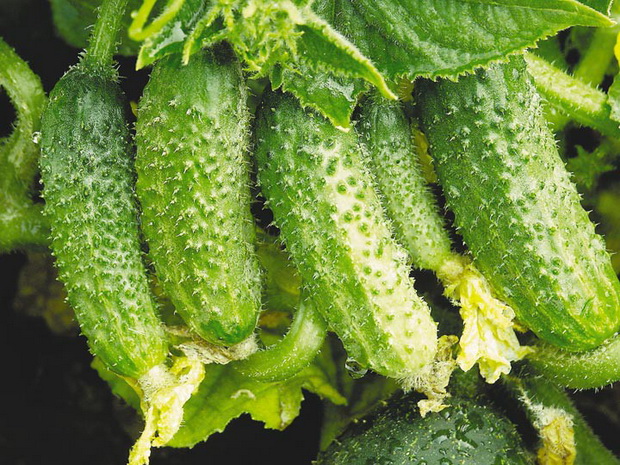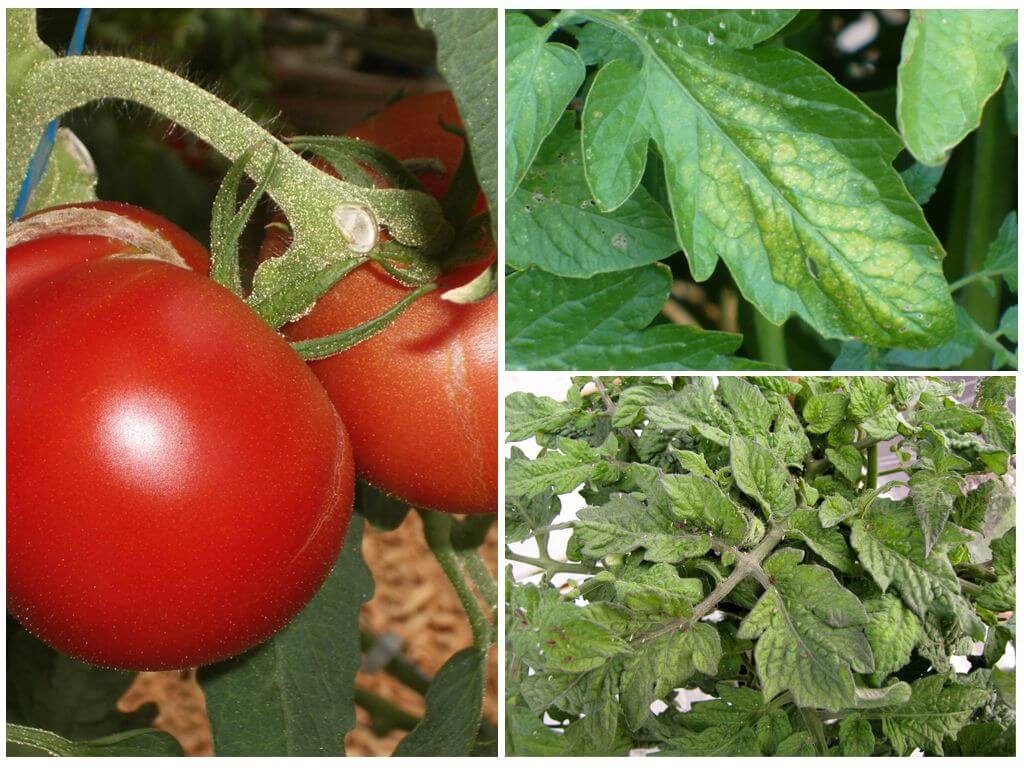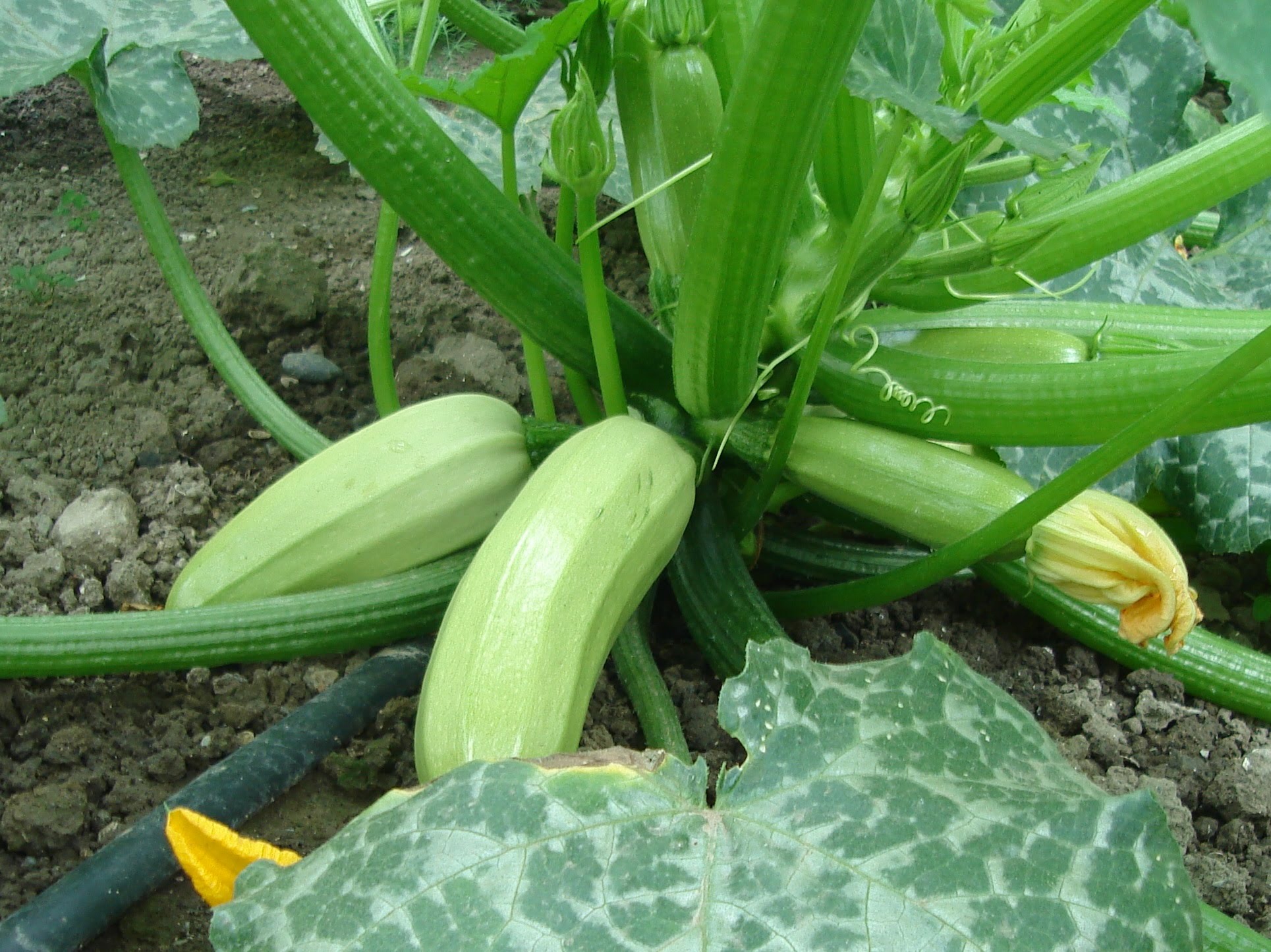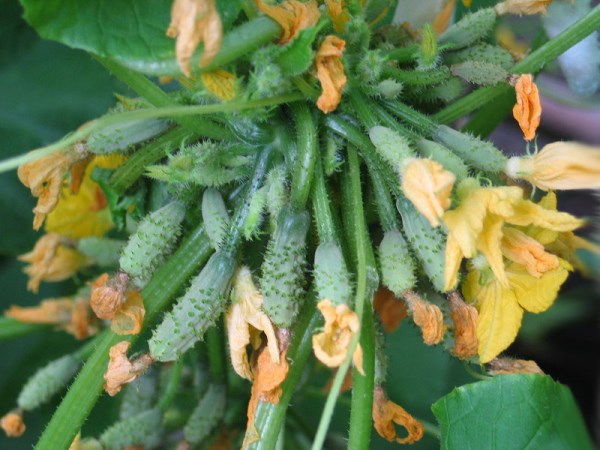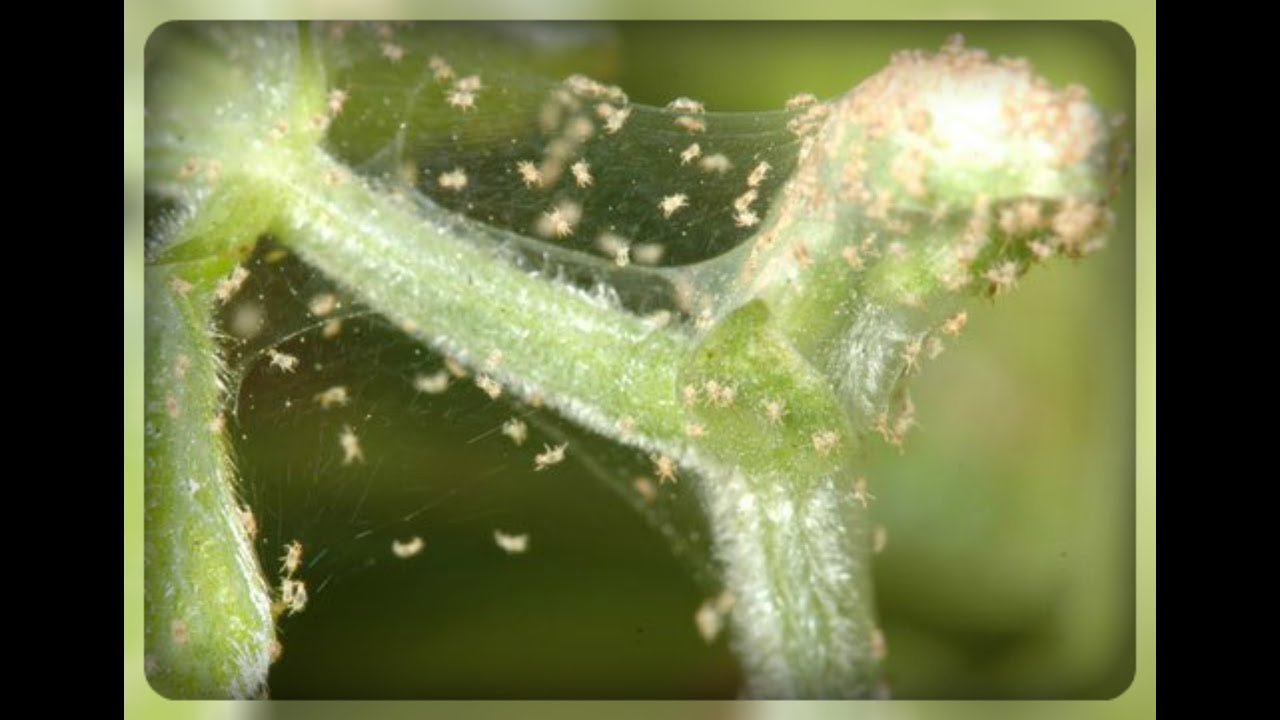Content:
To grow and harvest eggplants - you need to make a lot of work, from planting seeds to the beginning of harvesting ripe fruits. Eggplant is a delicate and demanding culture. And pests with diseases will not let the gardener relax. One of these uninvited guests, a scanty creature and an impudent pest - a spider mite on eggplants, how to deal with it?
Description of the pest
The body of the tick is yellow-greenish, oval. Length from 0.4 to 0.5 mm. The female, which remains to winter, has a red-orange color.
Ticks live and feed on the underside of the leaf. They harm the plant by sucking the cell sap from the leaves and braiding them with cobwebs. Small yellowish spots appear on the leaves in the form of a marble pattern, which then turn into discolored areas. The leaves begin to wither and dry out. Ovaries and flowers may also begin to fall off. This can quickly kill the eggplant. And so the tick will move each time to new fresh leaves, continuing its destructive work.
After itself, the tick leaves dry, wilted leaves, entangled in a thin and dense cobweb, under which it leaves a clutch of eggs. And, if the weather is favorable for the hatching of the tick offspring, hot and dry, from +26 degrees, then after 3 days there will be more leaf-sucking mouths on the head of the gardener. And even worse, this small fry itself will be able to lay its eggs in seven days. Thus, within seven days, this small insect manages to be born, mature and still reproduce its offspring. Direct conquest of some kind. They can be clearly seen with a magnifying glass, lifting the sheet. Under it you can distinguish busily scurrying dots of reddish-brown color. These are already adults.
In addition to other damage caused by the mite, a weakened plant becomes more vulnerable to disease.
Fertilized females wait out overwintering, hiding in cracks under plant debris, burrowing underground. In greenhouses, mites wait out the winter on the tops of remaining plants and carcasses.
Greenhouse control methods
Eggplant cobweb - what to do? Guard! But, calm, just don't panic! In our modern 21st century, there are many methods of dealing with this conqueror, not only home remedies.
It should be remembered that greenhouse conditions are very favorable for the life and development of ticks.
- If possible, it is necessary to increase the humidity to the limit - the mites tolerate only 60%, and if more, they die. Before the water procedure, it is advisable to remove, as much as possible, cobwebs, since it acts as a shield from drops.
- Insist 120 g of potato tops in a liter of water.
- Put 400 g of tomato tops in 1 liter of water and insist.
- Pull out infected leaves or bushes without regret. In the future, they need to be burned somewhere on the site.
- Dissolve a teaspoon of ammonia in a liter of water and spray.
- 2 tsp hydrogen peroxide per liter of water. Spray onto mature bushes or seedlings.
- Add 2 ml of Fitoverm to a liter of water.
- Add 10 g of Bitoxibacillin to 1 liter of water.
- Dissolve 30 mg of Actellic in 10 liters of water.
- Colloidal sulfur - add 80 g of sulfur per 10 liters.
Since insectoacaricides are harmful and poisonous, safety precautions must be strictly followed. Use a respirator and rubber gloves when removing food and people from the premises. After 2 hours, ventilate the room and clean with a damp cloth.
Processing eggplant in the open field with folk remedies
- Often make detours to the bushes, plucking and destroying dry or still fresh leaves entangled in cobwebs, where the pest has laid its eggs.
- If the pest has managed to occupy still small areas, you can dust the eggplants with tobacco dust.
- Fill small vessels with turpentine and place them under the infected bushes. Then cover it on top with a film or just a cloth more tightly and leave it there for a while.
Decoctions can be used against ticks, with the addition of grated laundry soap:
- yarrow;
- chamomile;
- dope;
- dandelion;
- calendula.
- Spraying should be done in the early morning or late evening. The more often you spray it or simply spray the eggplant with a wide brush, the more the number of the occupier will decrease.
- On a grater, grate a bar of soap 200 g and add to 10 liters of non-cold water. After 3 hours can be sprayed. Process once a week. After a few hours, wash the plants with plain warm water.
- Grind several pods of hot pepper, with a total weight of 100 g, and add to 1 liter of water.
- Insist 100 g of onion husks in 5 liters of water for five days and process.
- Grind a couple of heads of garlic and fill them with a liter of water. Insist 5 days and dilute with water 1: 1.
- In a liter of water, put 45 g of dry raw materials of tobacco stems and leaves. Insist. Dilute 1: 1 with water before use.
- Add a mixture of horse sorrel roots and dandelion leaves to a bucket of water, only 300 g. Insist for 3 hours and process.
The use of biological products
The action of the drug is aimed at destroying a pest that eats processed herbs. The active substance, getting inside the tick, leads to inhibition of important life cycles, and ultimately causes the extermination of ticks, no later than 12 hours from the moment of eating.
Pros of biologics
- Harmless to humans and animals.
- There is no need to look for a new drug every time because the tick gets used to it.
- And also, in addition to ticks, the biological product destroys many other pests that feed on greenery.
- It significantly improves the immunity of eggplants to various diseases and favors the friendly germination of seedlings.
- There is no accumulation of substances contained in the biological product.
The action of the biological product is to paralyze and further destroy the pests. It is especially effective in dry weather, but processing must be done in advance, in the evening.
Types of biological products: Aversectin C, Avertin-N, Bicol, Bitoksibacillin, Fitoverm KE, Aktofit, Agravertin, Akarin, Vertimek, Kleschevit.
To prepare the solution, first, the required amount of biological product is mixed with a small amount of water and mixed thoroughly. After that, water is added to the required volume and used.
Use of insectoacaricides
Chemical or biological products for pest control.
When choosing a drug, it is better to take more modern developments, since they are less toxic and have greater safety of 3 or 4 classes, in contrast to 1 or 2 classes, provided that all the prescribed safety measures are observed. And the tick strives to keep up with progress and itself, too, continues to improve all the time. One does not take it, then another.
Types of insectoacaricides: Apollo, Actellik, Neoron, Omayt, Fufanon, Antikleshch, Sunmayt, Floromite, Oberon, Flumite, colloidal sulfur.
Prevention against ticks
- Frequent watering and moisturizing of eggplants.
- Making the aisles wider can stop the tick from bush to bush.
- Regular inspection and destruction of infested seedlings or leaves.
- Preservation of greenhouse humidity at least 85%.
- Loosen and mulch the soil.
- Disinfection of greenhouse trellises, window sills and other cracks with sulfur checkers.
- Planting chamomile and calendula between rows.
It is important not to miss the beginning of the pest damage to the eggplant in order to avoid weakening, disease or death of the culture. Regularly carry out preventive maintenance and inspections of plants, and collect the fruits of their labor in the fall.

